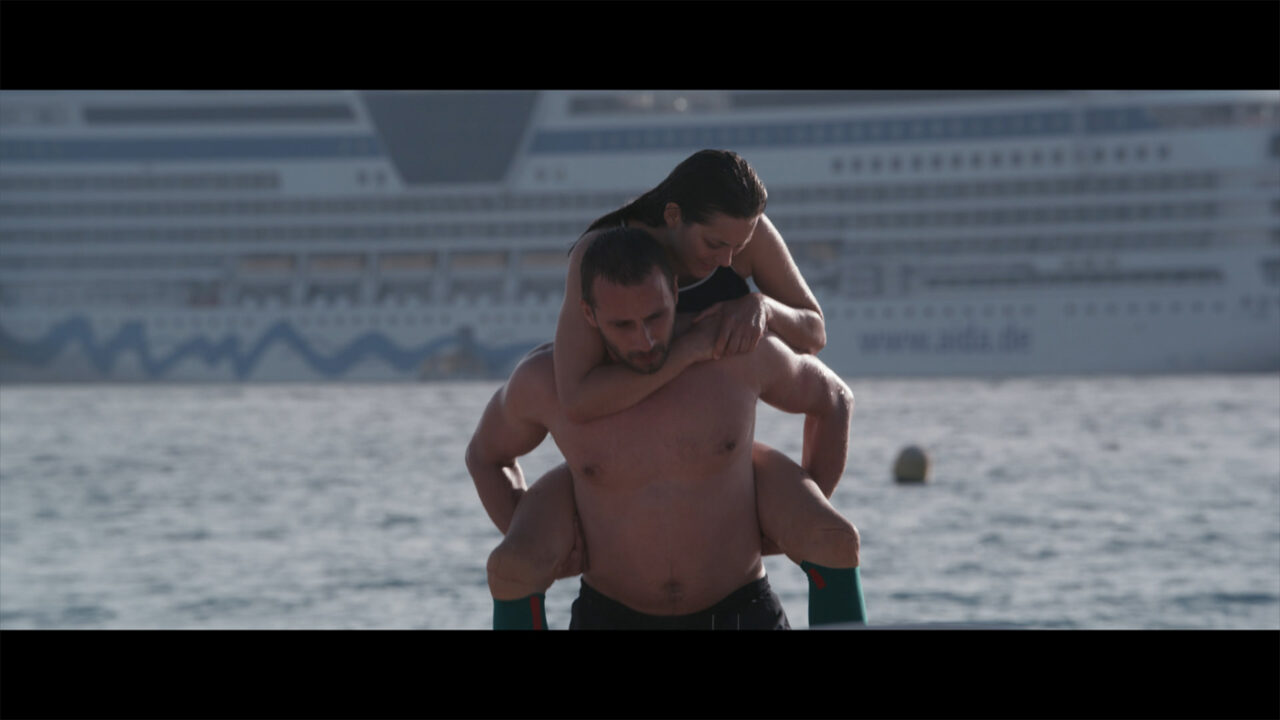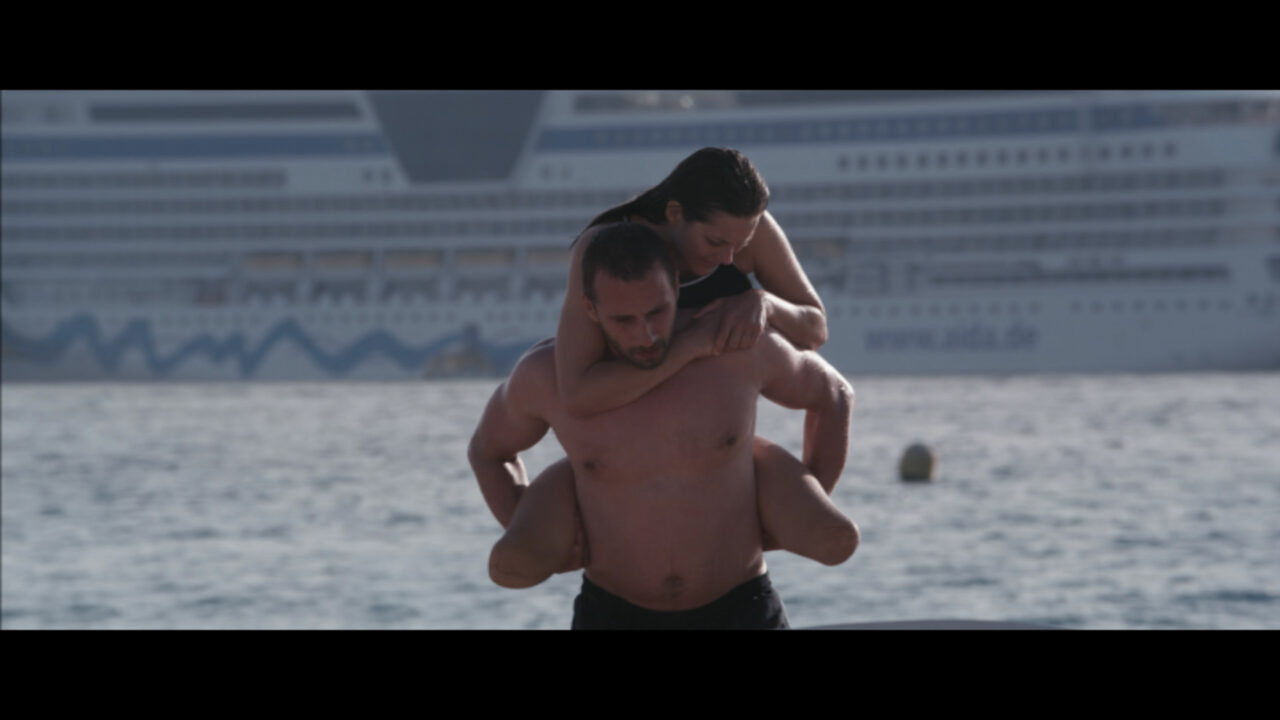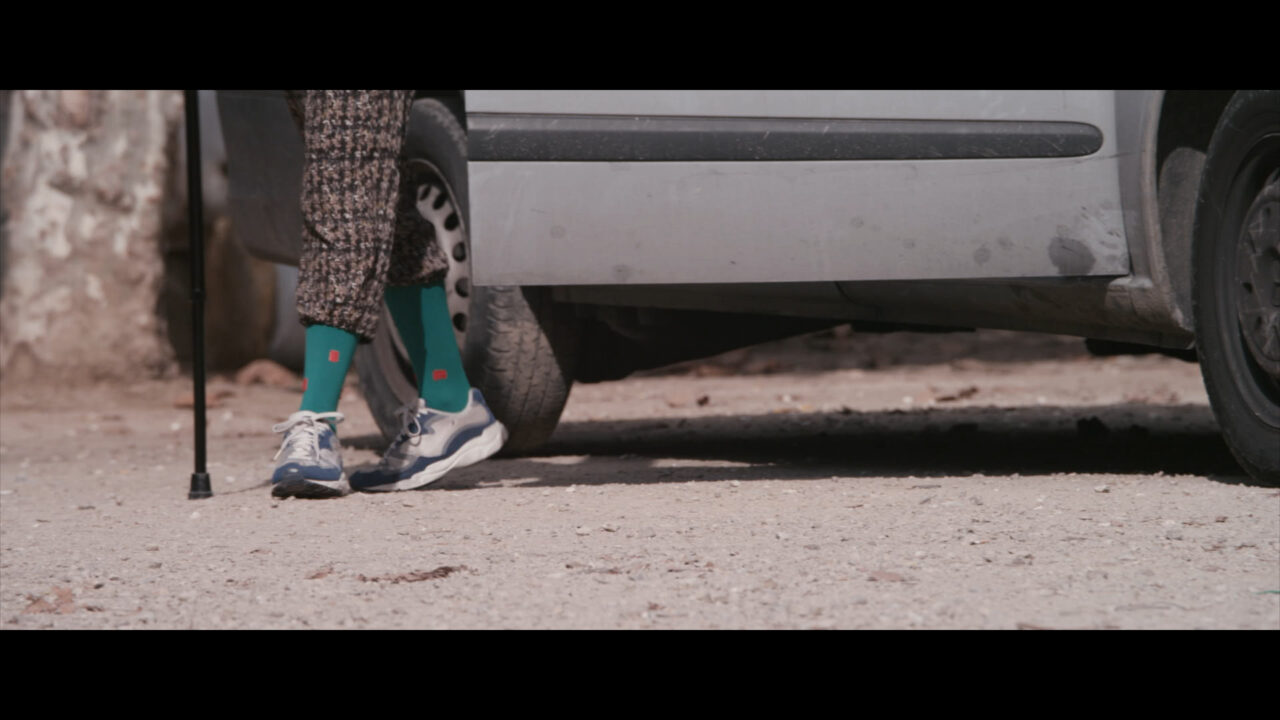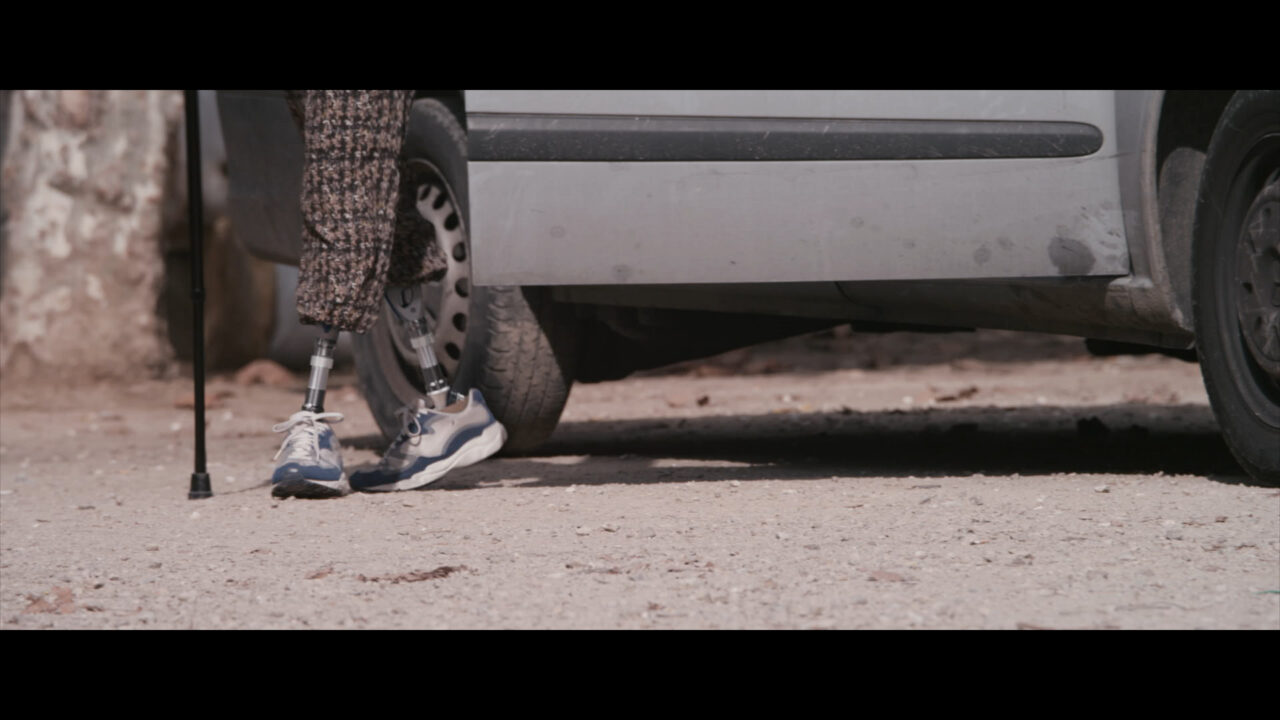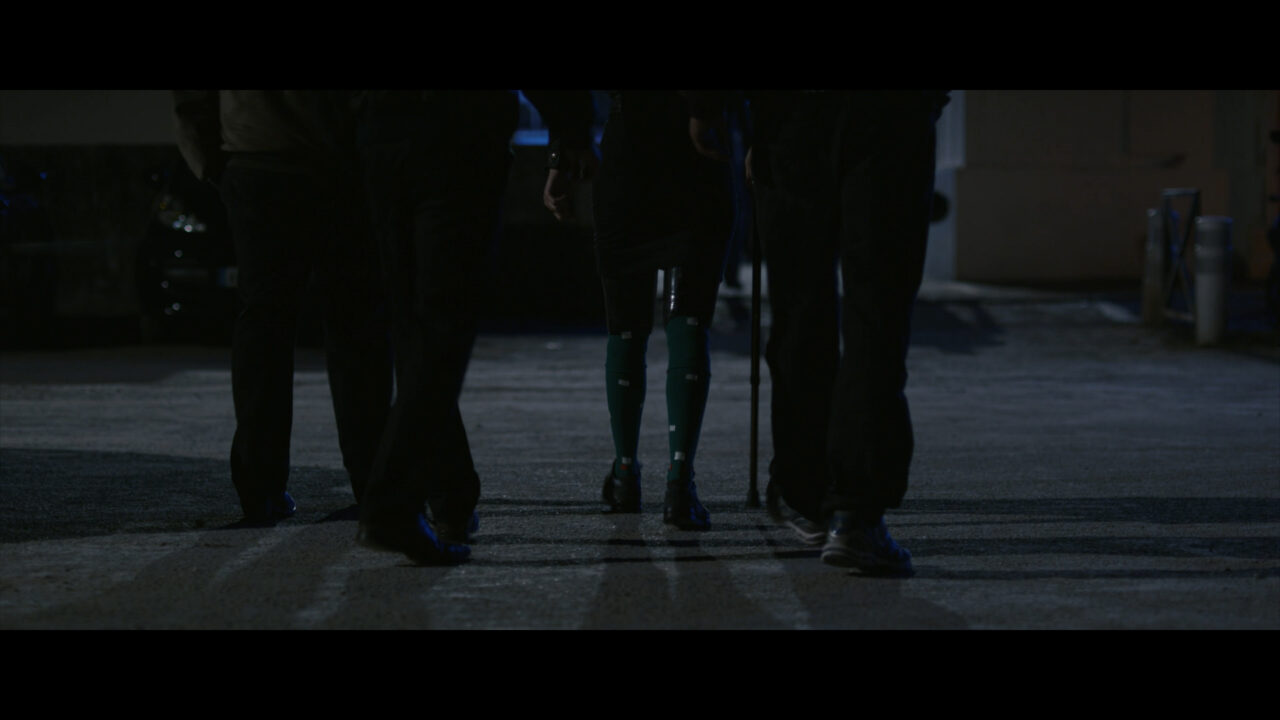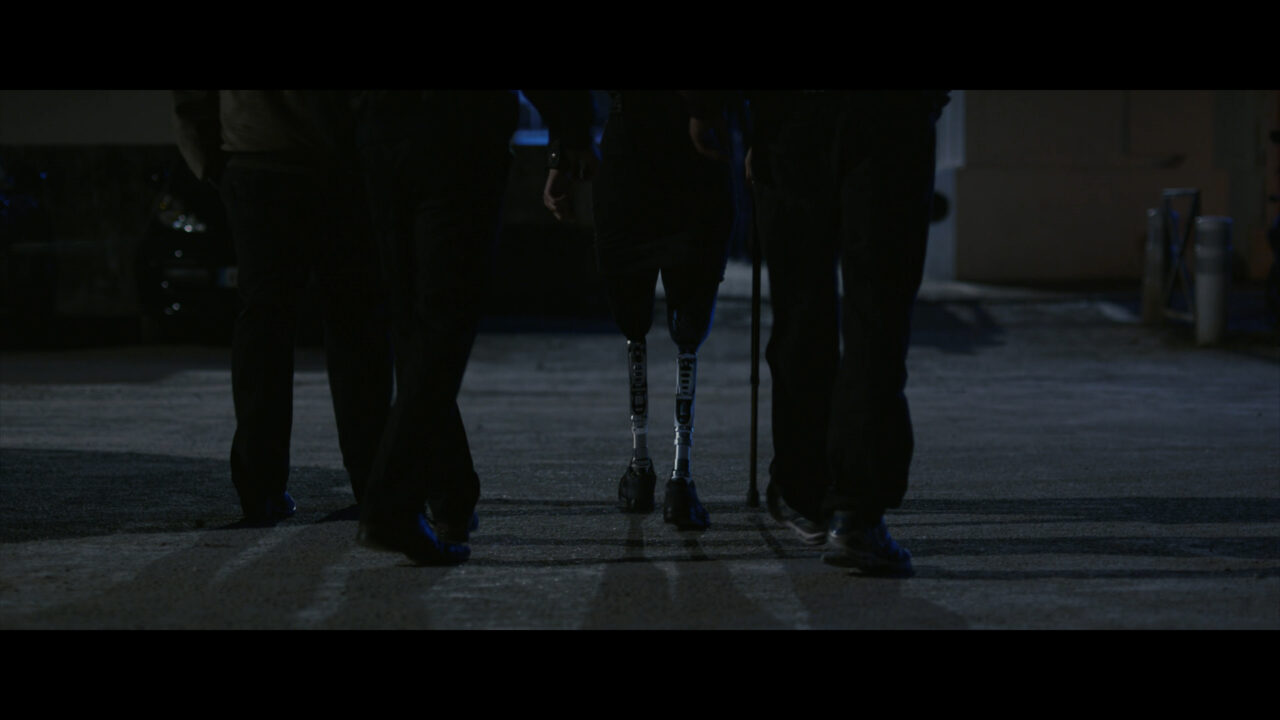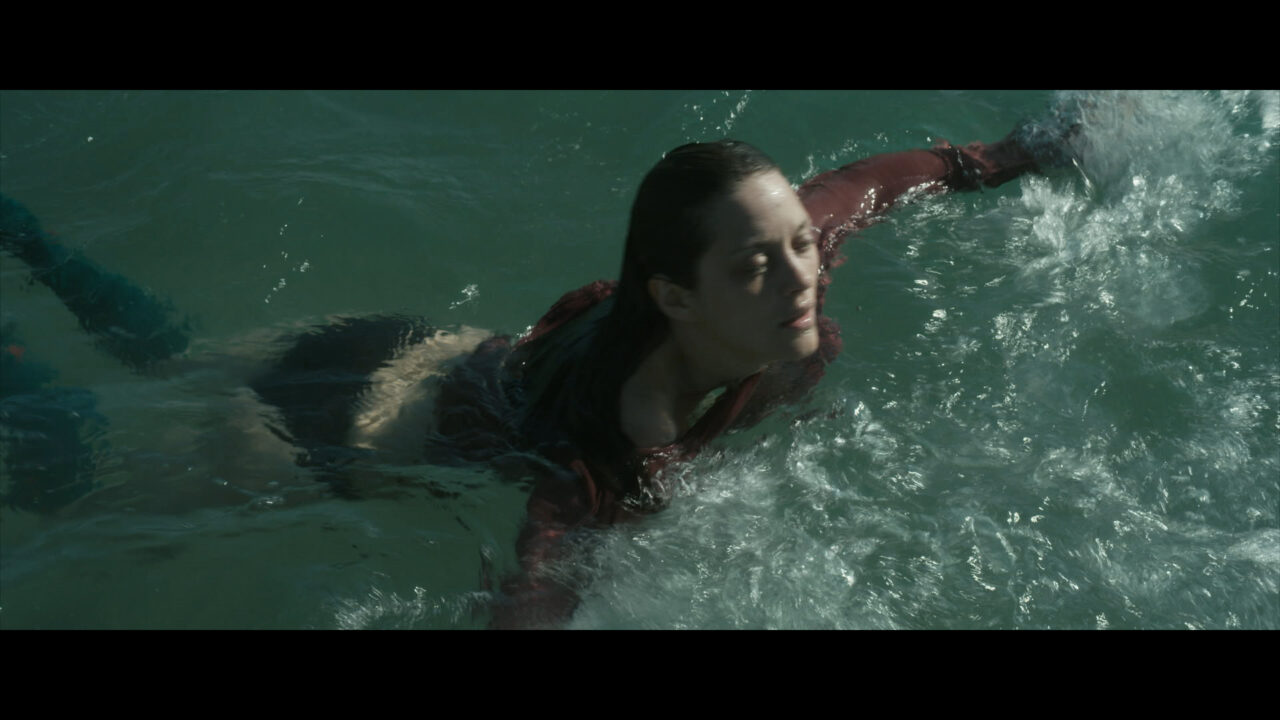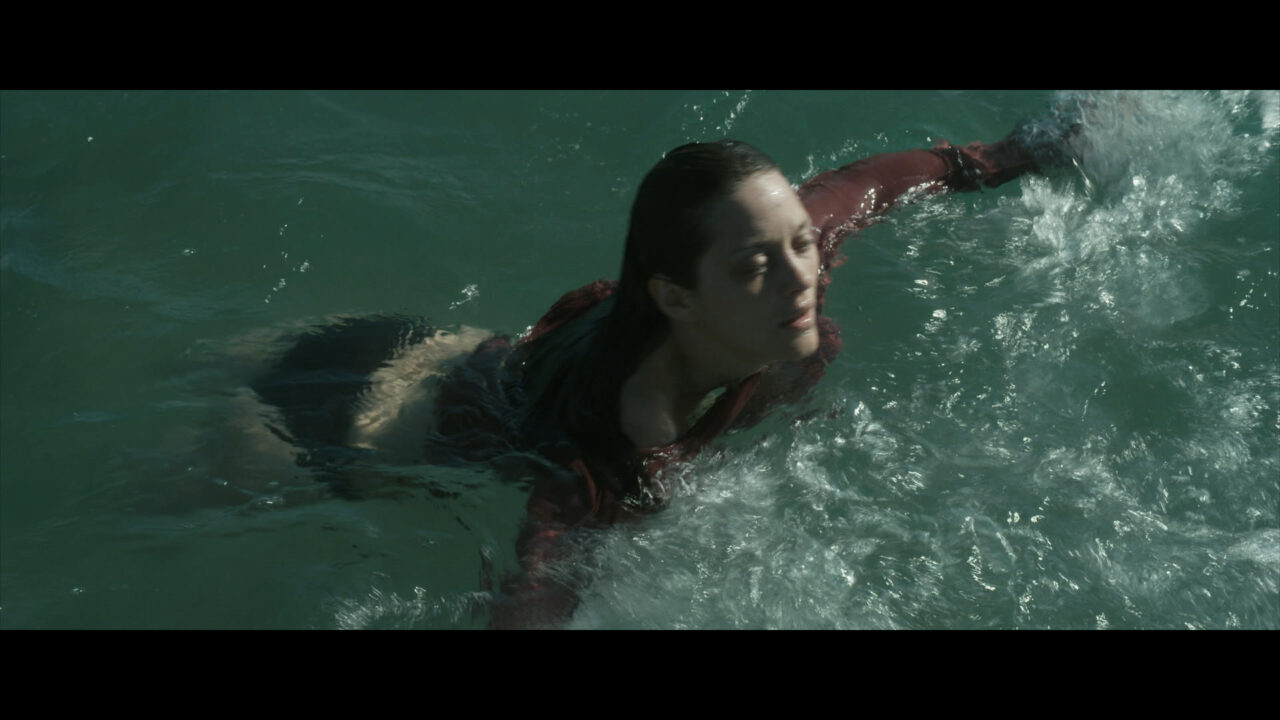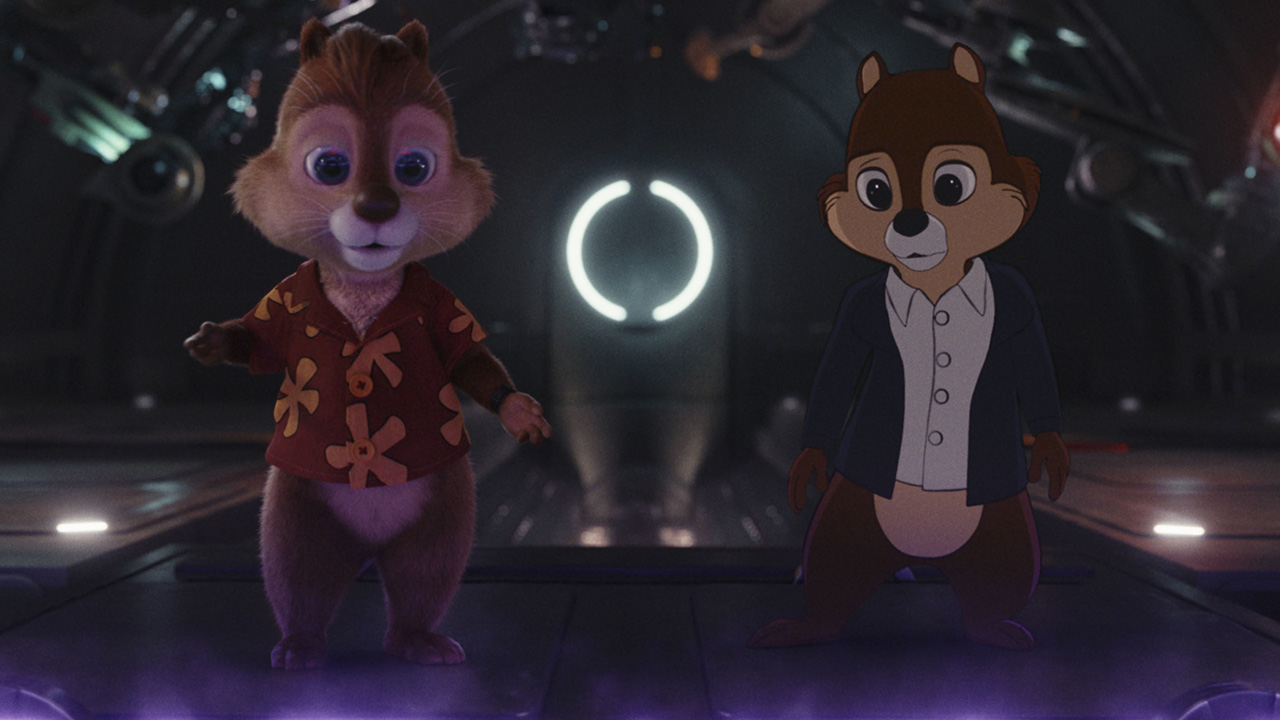Synopsis
Put in charge of his young son, Alain leaves Belgium for Antibes to live with his sister and her husband as a family. Alain’s bond with Stephanie, a killer whale trainer, grows deeper after Stephanie suffers a horrible accident.
Stéphane Thibert
Awards
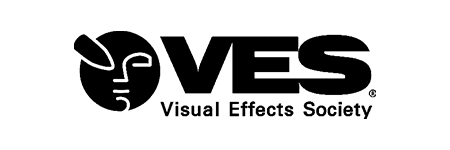
For a project like Rust and Bones, the producers Why Not Production asked the biggest French VFX companies. We had already worked with them on other projects, but here the challenge was different because the effects are included in the narrative, so they expected a great understanding of the script and the director’s universe. Jacques Audiard met with our teams and asked for tests, we put together a file and discussed the objective to be reached. Then, Jacques decided to trust us to manage the 200 shots of the film, split 50/50 between Paris and Liège.

The director’s vocabulary was never technical, he used expressions such as “think of your effects in dramaturgy” or “always work within the limits of the off-screen”. At the beginning, it therefore took some time to adapt to find a common vocabulary. For example, for the underwater shot where the main character hits the ice, Cédric Fayolle, the VFX supervisor, made models based on the information “we need to be darker: think of Orpheus who is going to recover Eurydice from the underworld”. At first it was confusing, but our job is to translate these intentions technically.

The VFX work of the Paris and Liege teams was divided into 3 main themes: the digital removal of Marion Cotillard’s legs, the CG creation of prostheses and matte painting for the frozen lake sequence.
To take up the enormous challenge of removing Marion Cotillard’s legs, we had to know where to put our energy. Here we had to limit the visual effects to things that were really impossible to do in real life. Our teams worked with the set design, the costumes, the props and the lighting to make the most of everyone’s techniques. The set designer cut holes in the furniture so that Marion could hide her legs and the wheelchair had a modified seat so that she could sit in a crouch. Similarly, the clothes were carefully chosen to hide her shape. Then on set, Marion had to change her legs from bent to stretched, to facilitate the restoration work, especially to avoid too much interaction between her green stockings and Matthias’ body. For safety reasons, we would then do an empty pass and a pass with Matthias alone, who would then do the same route again, in order to recover the photograms of the parts that were hidden during the final take. We also did light reference passes with silicone stumps to help the CG find the right light.
As for the stumps, the work on the prostheses is a mix of several techniques, but essentially CG. Stéphane Thibert and his team had one month to do all the preparation and only 2 months to provide all these shots.
As for matte painting, at the beginning the intervention of our teams on this sequence consisted in finding a technique to place the child under the ice. After shooting the father looking for his son under the ice, we went to the pool to shoot the child. He practised throughout the shoot going under a plexiglass window on his back with his eyes open. Afterwards, our teams shot for a week on this lake in Savoie, but the weather did not help. The first day was sunny, the next day the lake started to melt, then it started to rain, there was even a morning when we arrived and 25cm of snow had fallen on the whole lake! So we had to standardize all that, knowing that the whole film is shot in “handheld” and that tracking white snow is not easy. All the shots were therefore taken with matte painting and reprojected. In order to accentuate the character’s despair, our teams decided to make the CG snow fall harder and harder throughout the sequence. In the end, it is impossible to imagine the extent of our intervention and our teams are extremely proud of the work accomplished.
